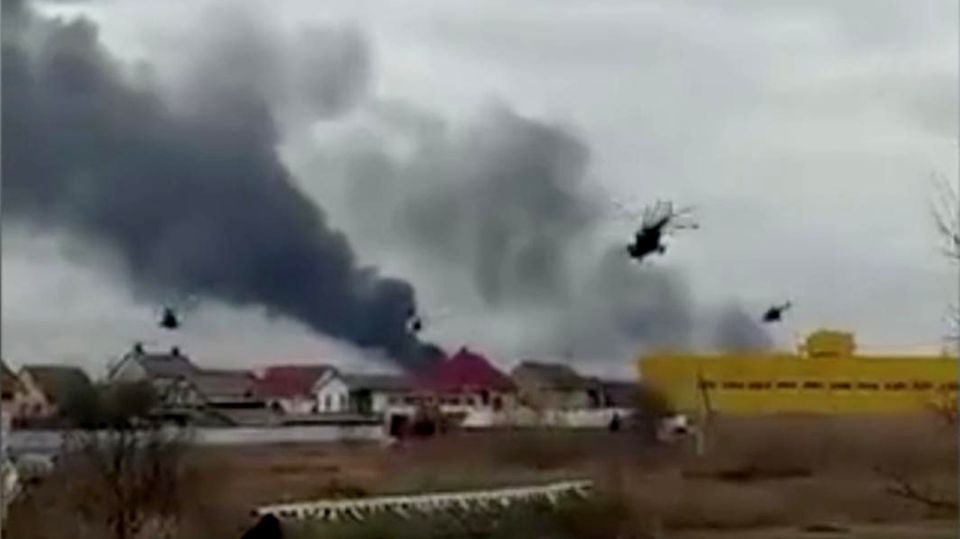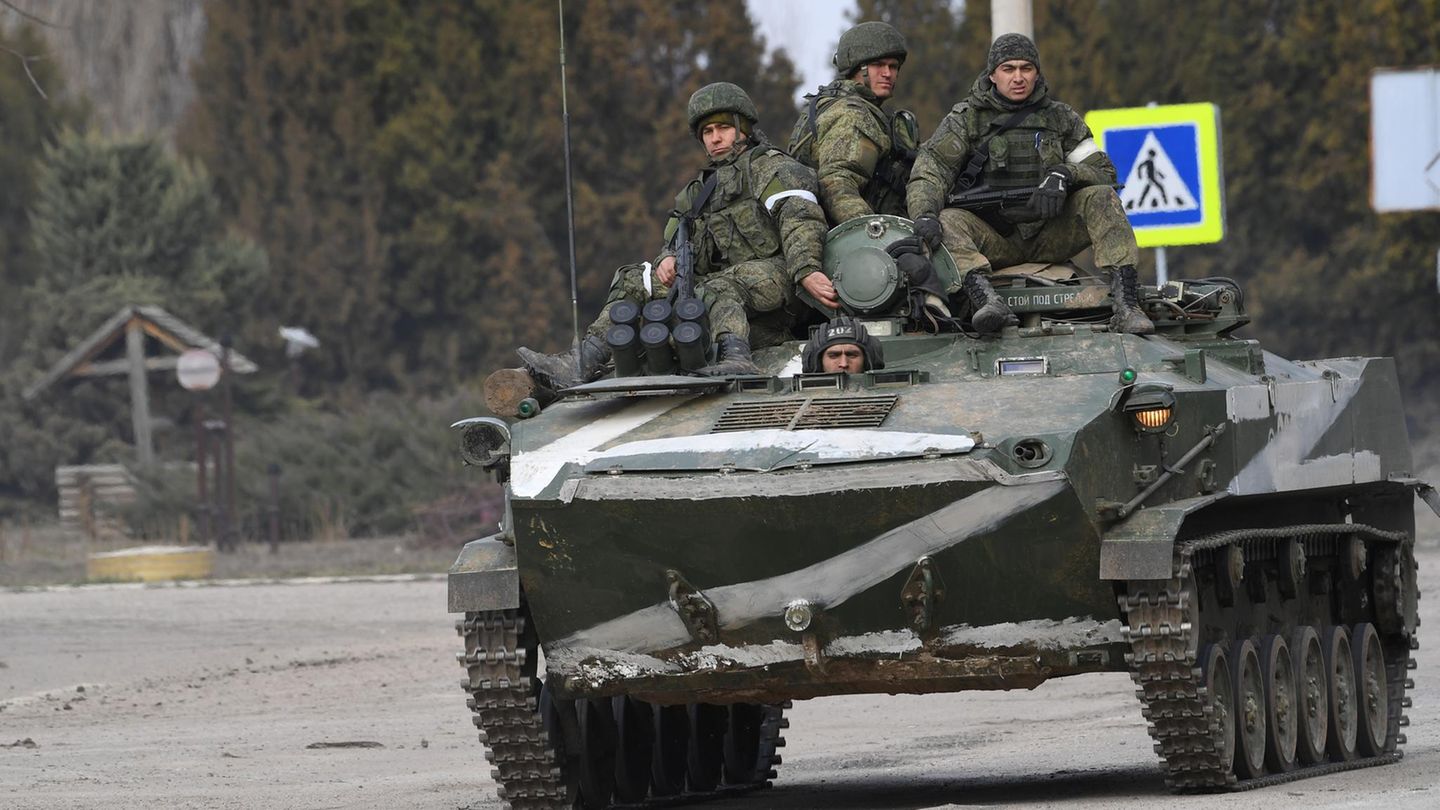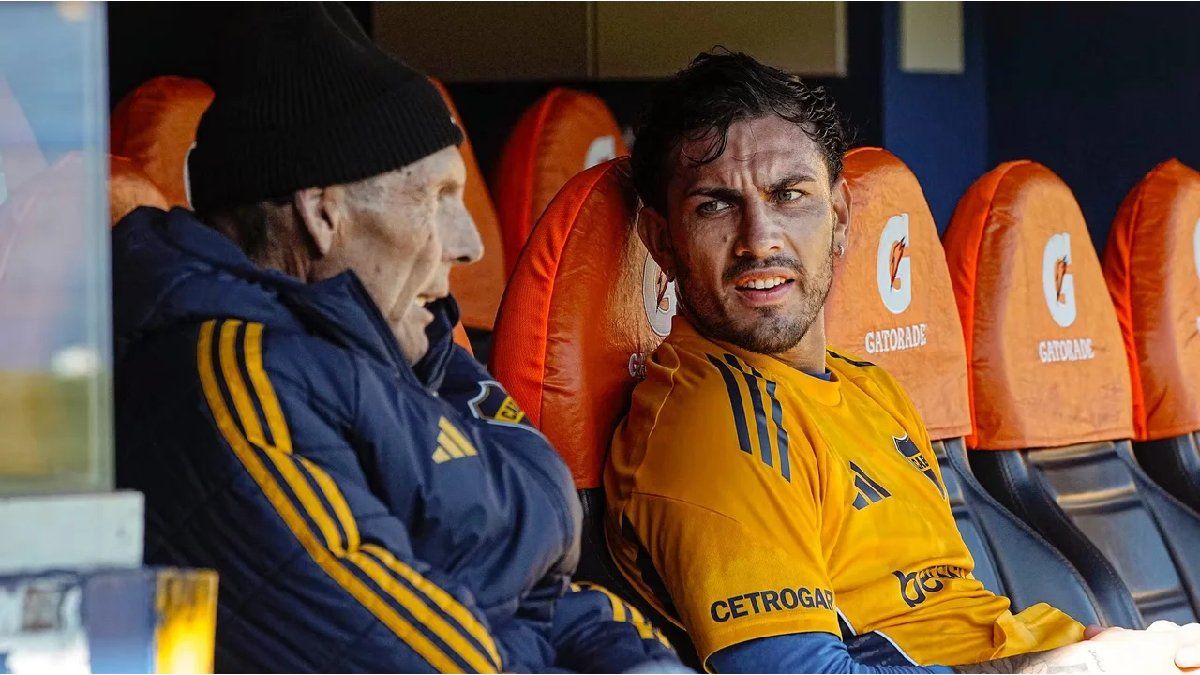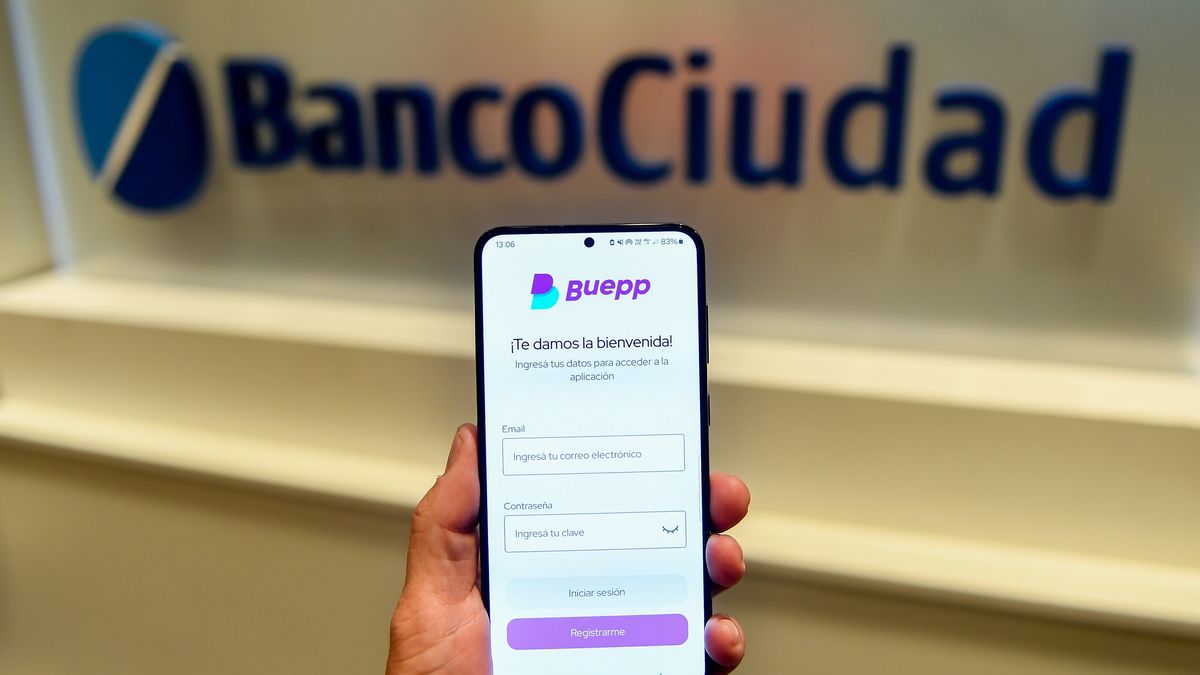The conflict over Ukraine has been acute for eight years and has now hit another low point with the invasion of Russian troops. These are the most important questions and answers.
What caused the invasion of Ukraine?
In the early hours of February 24, 2022, President Vladimir Putin gave the Russian army the order to invade Ukraine. Since then, troops have apparently been advancing across the entire country. In the previous months, Putin had deployed an army of around 150,000 men, equipped with the most modern weapons, on the country’s border. Diplomatic attempts at all levels, such as Chancellor Olaf Scholz’s visit to Putin, did not bring a solution. Russia made demands that Ukraine and its western partners could not meet, such as a complete demilitarization of the country or Ukraine’s commitment never to join NATO. As a last step before the war, Putin recognized the separatist areas in eastern Ukraine. In a one-hour TV speech, he declared the Minsk Agreement negotiated by Angela Merkel to be lapsed and Ukraine to be historically an integral part of Russia. A day and a half later he gave the order for the invasion.
How does Putin justify the invasion?
Putin justifies the invasion of the neighboring country with the security of Russia and its citizens. From the Kremlin’s point of view, NATO is a direct threat to Russia. The plan is for Ukraine to become a member of the western defense alliance in order to then attack or acutely threaten Russia. That absolutely must be prevented. A second justification is the alleged genocide that Ukraine is carrying out on Russians in the separatist areas. It is imperative that Russian citizens be protected here.
Why does Putin feel threatened by Ukraine?
For years, the Russian government has been complaining about the alleged encirclement of the country by NATO. After the collapse of the Soviet Union in 1991, the alliance members promised not to expand eastward. That was never contractually fixed. From 1999 the eastern expansion took place. From the Baltic States to Bulgaria, former Warsaw Pact countries joined NATO. The NATO-Russia Founding Act, which regulates the relationship between the two parties, has been in force since 1997. A key agreement is the “renunciation of the threat or use of force against one another or against any other state, its sovereignty, territorial integrity or political independence” and “respect for the sovereignty, independence and territorial integrity of all states”.
What exactly does Putin intend to do with Ukraine?
He definitely wants to create a vassal state dependent on Russia. Whether Putin will go further and Ukraine will be completely incorporated into Russian territory cannot be predicted at this point in time. In any case, Russia’s goal is for the Russian leadership to ensure that Ukraine does not pose any kind of threat. That’s the official justification. The unofficial is Russia’s drive for power. With Ukraine under Russian control, Russia would be in a much better geostrategic position in the Eurasian space. Or to put it in the words of former US foreign policy adviser Zbigniew Brzezinski: “Without Ukraine, Russia is just a big country; with Ukraine, it’s an empire.”
How is Ukraine reacting?
Ukrainian President Volodymyr Zelenskyy has compared the Russian invasion of his country to Germany’s actions during World War II. “Russia attacked Ukraine in a cowardly and suicidal manner, as Nazi Germany did in World War II,” Zelensky said. Ukraine has since responded by breaking off diplomatic relations with Russia. It is currently unclear to what extent Ukraine will defend itself militarily. Given the dramatic superiority of the Russian army, prolonged combat operations would probably claim many lives on the Ukrainian side without effectively defending the country.
How has the conflict escalated in recent years?
The starting point of the current development are the Maidan protests that broke out in December 2013 (Maidan is the central square in the state capital of Kiev). At the time, Ukrainians were protesting against their pro-Russian President Viktor Yanukovych, who refused to sign the association agreement with the EU and instead took money from Russia. Yanukovych was overthrown and the Maidan protests became a symbol of the country’s commitment to the West and its detachment from the Russian sphere of influence. As a result, Russia annexed Crimea and, a little later, decisively supported the uprising of the separatists in eastern Ukraine, who broke away from Ukraine. The Minsk Agreement was negotiated under the leadership of Chancellor Angela Merkel, but was never seriously implemented by either Russia or Ukraine. Last year, Putin wrote a widely acclaimed historical treatise in which he historically justified Russia’s territorial claims in Ukraine.

What are the first reactions?
In Ukraine, as in the whole world, horror and fear are great. Until recently, many had not expected that Putin would carry out his threats. The Ukrainian ambassador to Germany, Andriy Melynk, accused the West of failing: “All the warnings in the West were ignored, including in Germany.” The invasion is largely unanimously condemned among NATO allies and around the world. “This is a terrible day for Ukraine and a dark day for Europe,” said Chancellor Olaf Scholz. US President Joe Biden was clearer: “The world will hold Russia accountable,” he announced. The US, UK and have already imposed a number of sanctions on Russia and more will follow.
Source: Stern
David William is a talented author who has made a name for himself in the world of writing. He is a professional author who writes on a wide range of topics, from general interest to opinion news. David is currently working as a writer at 24 hours worlds where he brings his unique perspective and in-depth research to his articles, making them both informative and engaging.




